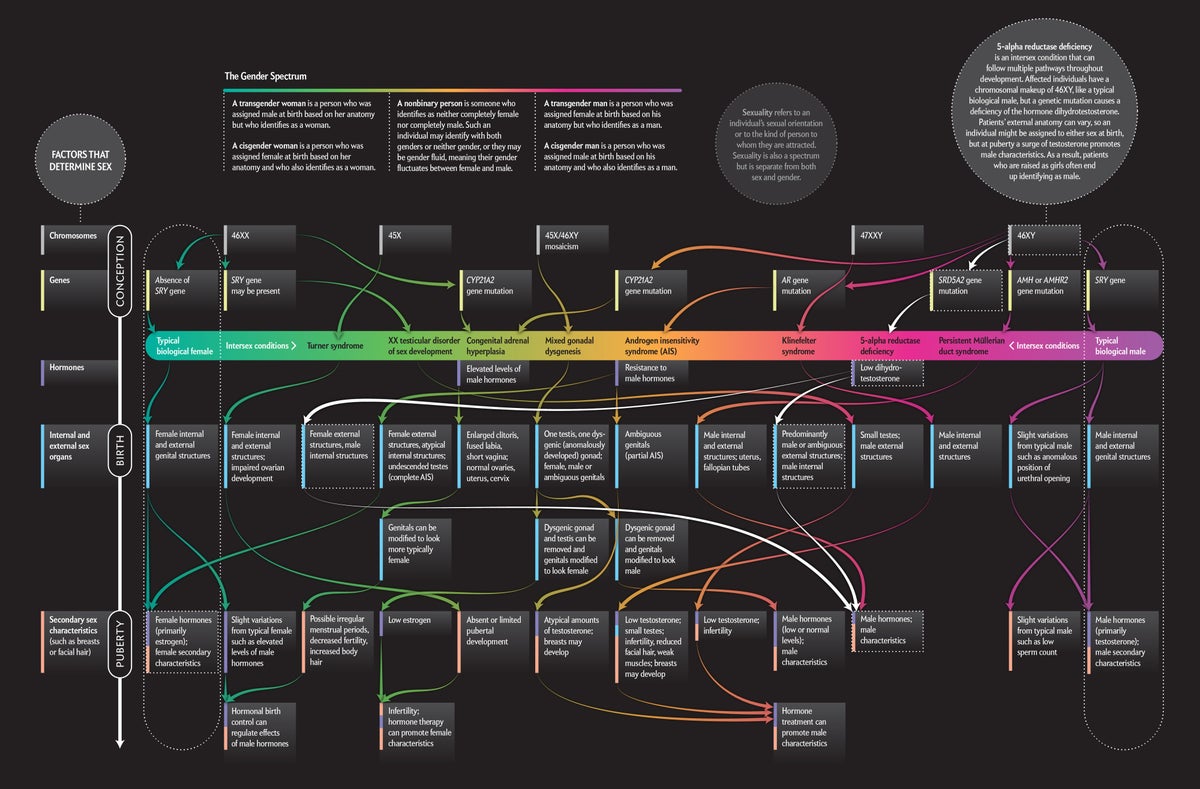

Their navy does need to be enlarged…


Their navy does need to be enlarged…


And to that, I’ll reiterate my second paragraph previously.
There are certainly issues with sport categories that are designed to be for something other than the elite in their field, but I don’t expect nuance from the same groups that banned a boxer because she wasn’t sufficiently attractive.


So this test probably won’t catch someone who is XY, but missing the SRY gene. I’m not sure if it will detect a mutated SRY gene, and I don’t pretend to be an expert. I also can’t be sure if thos test will catch someone who is XX with an SRY gene, which is also a thing, nor if it will catch XX/XY mosaicism. And those are the easy ones.
The fact of the matter is, internationally competitive athletes are a group of 0.1% or less, and people with abnormal sex genes, let alone abnormal genes in general, fall into the 0.5% to 1% category. What do you think the overlap is in two groups of outliers?
Edit: Extra reading. Note the 24 genetic variations (that we know of) that count as intersex.


Sure, but do you think that’s the test they’re doing? Are they testing for the various SRY mutations? Multiple X chromosomes? Multiple Y? Genes that impact hormone regulation?
There are certainly issues with sport categories that are designed to be for something other than the elite in their field, but I don’t expect nuance from the same groups that banned a boxer because she wasn’t sufficiently attractive.


I don’t, but I can provide an article with the infographic included.


Looks like I need to post this again.

A lot of things happen in the developed world that serve no purpose besides economics. Phones could be made to last twice as long, and aren’t getting dramatically better from one generation to the next. We could build houses to last a century instead of 50 years for little more cash. We could make clothes that last longer, but then fashion would have to take a back seat to function. We have much more efficient lighting, but they are also designed to break more often than they could so more light bulbs can be sold. Cars could be made more efficient, and non-car transportation could be incentivized. We could fix food supply/distribution issues so there is less food waste. We could use more efficient, non-fossil methods of heating and cooling our homes, which should also be better insulated so they also cost less to heat or cool.
We may not be able to have 8 billion people living in the lap of luxury, but we could have 8 billion people with a place to live, food to eat, access to a green space to enjoy the outdoors, and access to the rest of the world through modern communications.